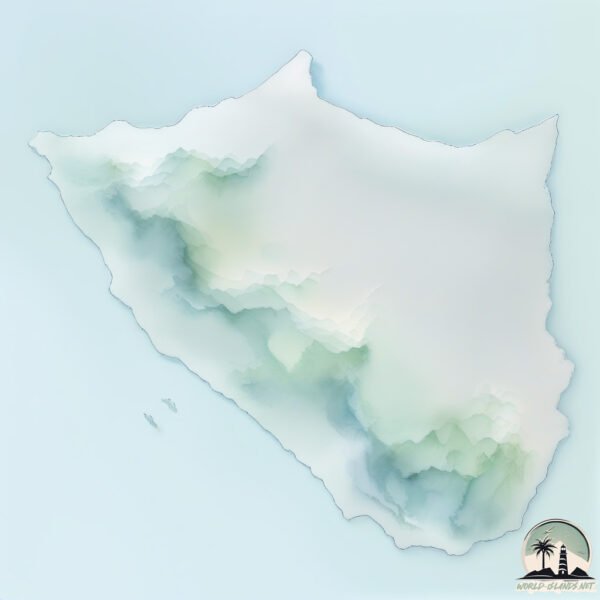Munaung

Welcome to Munaung, a Tropical island in the Bay of Bengal, part of the majestic Indian Ocean. This guide offers a comprehensive overview of what makes Munaung unique – from its geography and climate to its population, infrastructure, and beyond. Dive into the details:
- Geography and Size: Explore the island’s size and location.
- Climate and Weather: Weather patterns and temperature.
- Topography and Nature: Uncover the natural wonders of the island.
- Infrastructure and Travelling: Insights on reaching, staying, and making the most of your visit.
- News and Headlines: Latest News.
Geography and size of Munaung
Size: 468.5 km²
Coastline: 116.8 km
Ocean: Indian Ocean
Sea: Bay of Bengal
Continent: Asia
Munaung is a Large Island spanning 468 km² with a coastline of 117 km.
Archipel: –
Tectonic Plate: India – A major tectonic plate that initially moved northward at a rapid pace before colliding with the Eurasian Plate. This collision is responsible for the uplift of the Himalayas and the Tibetan Plateau.
The geographic heart of the island is pinpointed at these coordinates:
Latitude: 18.79761916 / Longitude: 93.63814287
Climate and weather of Munaung
Climate Zone: Tropical
Climate Details: Tropical Monsoon Climate
Temperature: Hot
Climate Characteristics: Characterized by heavy rainfall, high humidity, and uniformly high temperatures, but with a distinct short dry season. It features a seasonal reversal of prevailing wind directions.
Topography and nature of Munaung
Timezone: UTC+06:30
Timezone places: Asia/Rangoon
Max. Elevation: 140 m
Mean Elevation: 32 m
Vegetation: Deciduous Broadleaf Forest
Tree Coverage: 33%
The mean elevation is 32 m. The highest elevation on the island reaches approximately 140 meters above sea level. The island is characterized by Plains: Flat, low-lying lands characterized by a maximum elevation of up to 200 meters. On islands, plains are typically coastal lowlands or central flat areas.
Dominating Vegetation: Deciduous Broadleaf Forest
Composed of broadleaf trees that shed their leaves seasonally. These forests are commonly found in temperate zones and experience distinct seasonal changes. Munaung has a tree cover of 33 %.
Vegetation: 13 vegetation zones – Exceptionally Diverse Island
Islands with more than ten vegetation zones are among the most ecologically rich and varied in the world. These islands are akin to miniature continents, boasting an incredible array of ecosystems. The sheer range of habitats, from high peaks to deep valleys, rainforests to deserts, creates a mosaic of life that is unparalleled. They are crucial for conservation and ecological studies.
Infrastructure and Travelling to Munaung
Does the island have a public airport? no.
There is no public and scheduled airport on Munaung. The nearest airport is Kyaukpyu Airport, located 57 km away.
Does the island have a major port? no.
There are no major ports on Munaung. The closest major port is SITTWE, approximately 154 km away.
The mean population of Munaung is 100 per km². Munaung is Moderately Inhabited. The island belongs to Myanmar.
Continuing your journey, Ye Insel is the next notable island, situated merely km away.
Myanmar is classified as Least developed region: Countries that exhibit the lowest indicators of socioeconomic development, with the lowest Human Development Index ratings. The level of income is Low income.
News – Latest Updates and Headlines from Munaung
Stay informed with the most recent news and important headlines from Munaung. Here’s a roundup of the latest developments.
Please note: The data used here has been primarily extracted from satellite readings. Deviations from exact values may occur, particularly regarding the height of elevations and population density. Land area and coastline measurements refer to average values at mean high tide.
